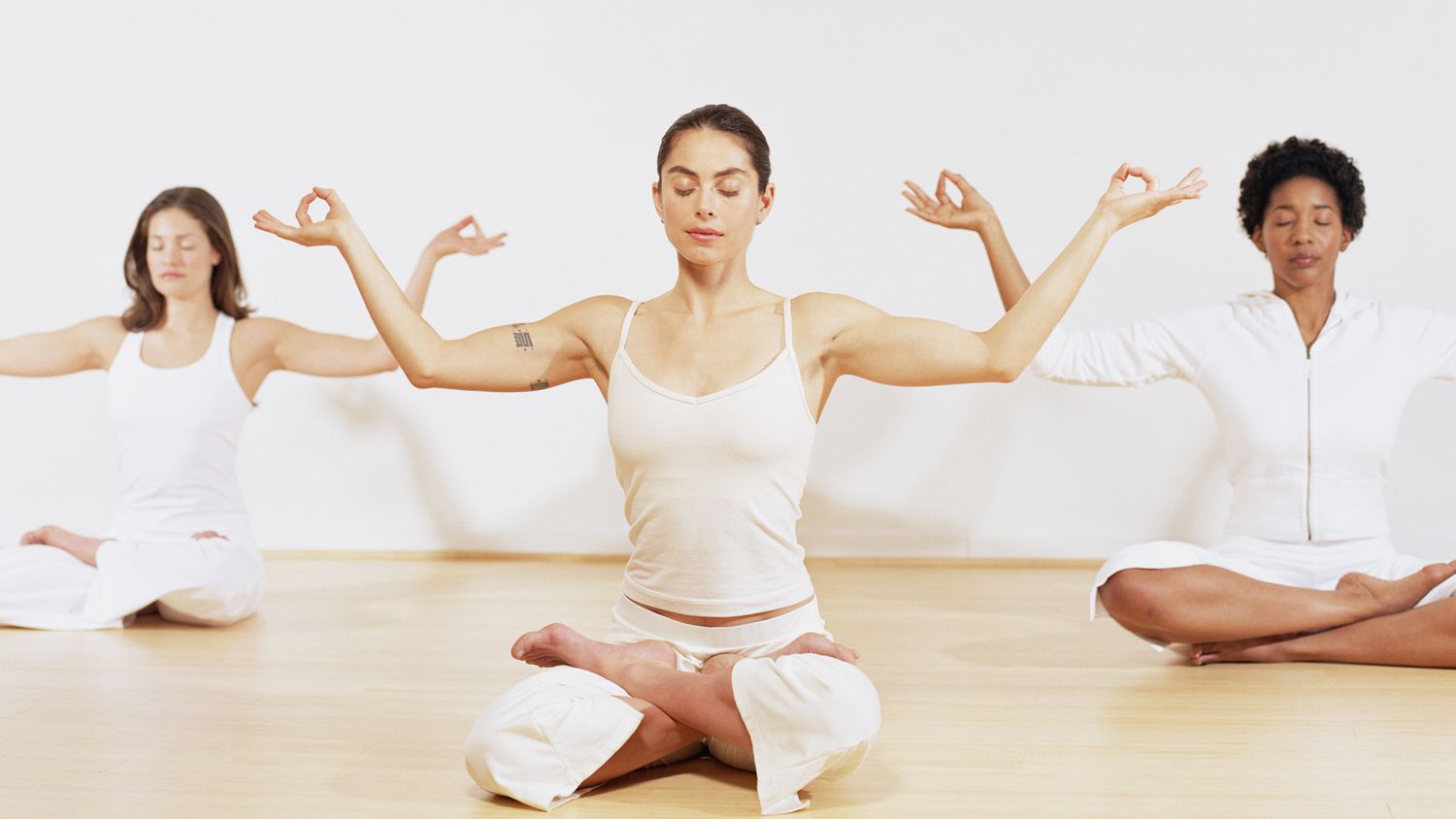There are several different meditation techniques for beginners. These include Guided meditation, Body scanning, Mindfulness and Focus meditation. Follow these steps to improve your meditation practice. Once you master the basics, you can move on to more advanced meditation techniques. For instance, you can practice Mindfulness meditation by paying attention to your breathing.
Meditation for Beginners: Guided meditation
When you first start practicing guided meditation, try to set a small goal for yourself. For example, you may choose to concentrate on the instructor, rather than on your own thoughts. This is a great way to get started. Having a small goal can help you stay focused and on task, and will also help you relax your mind. However, keep in mind that your mind can wander and become frantic when you are stressed or worried.
While it may seem intimidating to meditate alone, guided meditation can help beginners learn the basics quickly. It will take the mental legwork out of the process, as a narrator leads you step by step through the process. They will provide you with the correct mental imagery and even walk you through mantras and breathing exercises.
Meditation for Beginners: Body scanning
If starting any meditation practice, you should take a few deep breaths. Breathe in through your nose and out through your mouth. Try to make these the longest breaths you’ve taken in a day. Doing so will help you detach yourself from stressors and distractions. This will allow you to focus more intently on the sensations and thoughts in your body.
Once you’ve relaxed your body, start with a body scan. Start at the crown of your head, then move down through the rest of your body, tuning into any sensations there. This meditation may take as little as five minutes or as long as 30 minutes, depending on how long you want to practice. If you’re just getting started, it’s best to use an audio recording or a script to lead yourself through the process.

Meditation for Beginners: Mindfulness
Meditation for beginners is a mindfulness meditation practice which comfortable spot to sit. Ideally, you should choose a time of day when you are not stressed or tired. The early morning hours are great for this because you can start your day feeling refreshed. Try to sit on a chair or cushion with your feet on the floor.
Once you’re in a state of peaceful awareness, try to stay there for as long as you can. After a certain amount of time, you should open your eyes and stretch your hands. When you finish, try recording these steps in your mind to help you focus and understand the process better.
Meditation for Beginners: Focus meditation
Focused meditation is a powerful practice that helps people develop better attention and focus. It can help you reduce stress and anxiety, while increasing your memory and cognitive function. Though any style of meditation is beneficial for mental health, focused meditation for beginners can help you learn the technique without a professional instructor. It also helps you slow down the intensity of your internal dialogue.
One important step to focus meditation is sitting still. Beginners might find this difficult. It takes some practice and time to get used to this. Remember to sit in a comfortable position, keep your back straight and avoid leaning your upper body on any surface. It is also essential to ensure that you keep your feet flat on the floor.

Meditation for Beginners: Creating a meditation space
The first step is to determine the purpose of your meditation space. It should be as private as possible. It is also important to establish boundaries. A dedicated space for meditation will become your personal retreat, where you can enjoy uninterrupted time. Whether you plan to meditate for 10 minutes or an hour, a private space will help you get in the right state of mind.
A meditation space should be in a quiet room in your home, away from other parts of the house or from your child’s room. If you have an open space in your home, you can set up a privacy curtain. You can also use a candle or a healing crystal to help you clear your mind.
Which Type of Meditation Should a Beginner Do?
If you’re a beginner and want to start doing meditation, there are several types you can choose from. These include Progressive relaxation, Mindfulness, and Mantra meditation. Choosing the right type for your needs is a crucial first step to starting meditation. Fortunately, these types of meditation are not as difficult as you may think, and if you follow the right guidelines, you’ll be able to enjoy your practice in no time.
Breathing meditation
Breathing meditation for beginners involves focusing on the in and out-breaths. This is a simple exercise that requires you to find a quiet place, sit comfortably, and pay attention to your breathing. During your practice, you may find yourself distracted by thoughts, emotions, or sounds, but you can always come back to the breath. To get started, find a comfortable chair or cushion and sit with your legs crossed in front of you. Alternatively, you can sit on the floor with your feet flat on the floor.
Breathing meditation is an effective stress reliever. It can also ground you in the present moment and restore inner peace. To start this meditation, you should sit comfortably and close your eyes. Then, you should observe the moment between each breath. You can also count your breaths.

Mindfulness meditation
The first step in mindfulness meditation for beginners is to focus on your breathing. You can practice this by scanning your body, focusing on different parts of your body and noticing the sensations they bring. It can be difficult at first, but it gets easier with practice. When you experience a mind wandering, simply acknowledge it and bring it back to your breath.
Once you are in a relaxed state of awareness, you can continue to practice the meditation for as long as you want. When you are finished, you can open your eyes and stretch your hands. It is helpful to record your breathing and meditation process to keep yourself focused.
Progressive relaxation
Progressive relaxation is a meditation practice that helps Meditation for Beginners to learn how to relax your muscles. It relies on the idea that mental calmness is a natural outcome of physical relaxation. It can be practiced by anyone and requires only 10-20 minutes a day of practice. It involves tensing and relaxing various muscle groups in order, beginning at your head and moving down the body to your feet. Practicing this meditation technique requires you to find a quiet place and do it for about 10 minutes each day.
There are two main methods for practicing this technique. The first one is guided meditation. The other is unguided meditation. Some people find it difficult to sit still, so movement meditation might be more comfortable.

Mantra meditation
One of the most popular forms of meditation is transcendental meditation (TM). It was developed by Maharishi Mahesh Yogi and has been made famous by the likes of The Beatles, Oprah Winfrey, and Russell Brand. Meditation for Beginners is the best practice involves personalised mantras and training sessions with authorised teachers.
Chanting a mantra is an effective way to enter a deep meditation state. It calms the mind and energizes the body. However, it’s important to practice at the right pace, as chanting too fast or too slowly can cause the mind to wander.
Focus meditation
One of the benefits of meditation for beginners is that it can help you focus on the present moment. It is best to begin with shorter meditation sessions, and gradually increase the length as your confidence grows. Eventually, you will be able to do longer sessions without difficulty. You can also try different techniques, such as karate breathing meditation, which helps you focus on your breathing.
You should begin by sitting comfortably and counting your breaths. Each breath should last at least five seconds. After ten breaths, you can start to focus on a phrase or object.
Steps to Meditate For Beginners
There are a few simple steps that you can follow to get started meditation for beginners to meditating. They include focussed breathing, observing negative thoughts, and a meditation space. Once you have created a peaceful atmosphere, the next steps are to relax and focus on the object of meditation.
Focused breathing

To begin the process of meditation, you’ll need to find a quiet place with no distractions and a comfortable chair. Set your mind to focus on your breathing and observe how it changes. Begin by observing your out-breath and then return your attention to it on your next in-breath. Once you have practiced this for several minutes, you can move on to longer periods.
Meditation for Beginners can also try breathing deeply into your belly. This will help you focus on your breathing, which is your body’s natural function. Try to imagine yourself sitting on a roller coaster track and focusing on each inhale and out-breath. Start with one minute, then increase the time until you feel comfortable with the process. Don’t worry if your first meditation attempts aren’t perfect. Just follow the steps listed below and you’ll soon be on your way to successful meditation!
Observing negative thoughts
Observing negative thoughts is an important part of meditation for beginners. It helps you stay focused and detach from the mind’s thoughts, which can lead to negative emotions. It also helps you to identify what causes your negative thoughts and how to stop them. By focusing on what causes negative thoughts, you can develop the habit of observing negative thoughts in meditation.
When we think of negative things, our internal critic reacts. These reactions cause us to react physically and trigger our fight-flight-freeze response. When we are aware of our thoughts, we can relax and release the tension.

Meditation for Beginners has focus the mind on an object
Keeping your mind focused on an object during meditation is a key to the benefits of the practice. You need to focus on something you can easily imagine, and it should not be too challenging to imagine. Many people find this a difficult task, and they typically give up before getting the benefits from meditation.
Meditation for Beginners can start with a short session of meditation, perhaps just three to five minutes, and build up to longer sessions as they progress. The key to establishing a meditation practice is to be consistent. Starting off with longer sessions can become frustrating if you expect perfection, which will prevent you from continuing. Using guided meditation is a great way to ease into meditation. It can help you develop a comfortable routine that will become easier with time.
Observing your breath
The first step in meditation for beginners is to pay attention to your breath. Focus on the length and quality of each breath. You can also start counting each breath as you take it, starting from one when you inhale and ending at ten when you exhale. As you become more adept at observing your breath, you will notice how easy it is to forget the world outside and become focused on your breathing.
Another way to observe your breath is to go for a walk. You can do this even if you’re not in a meditation room. You can observe your breathing sensations as you go about your daily activities.
How Long Should I Meditate For the First Time?
For those who have never meditated before, it is important to understand how long you should sit and remain in a relaxed state for. It is best to aim for twenty to thirty minutes of total rest, watching your breathing and releasing every muscle in your body. Even 15 minutes is enough to feel the effects of deep relaxation, inner peace, and joy.
Begin with a short meditation session. During this time, you should follow the sensation of your breathing, and try to focus only on that sensation. If your mind starts to wander, try to return your attention to your breath and continue the meditation. It takes time to achieve the desired results, so don’t expect immediate results.
Before starting your meditation session, find a comfortable place to sit in. It’s best to do so in a quiet room where distractions are minimal. Using a cushion or a yoga mat will also make the practice more comfortable. A soothing candle or white noise machine can help if you’re having a hard time focusing.
You may also want to experiment with different times of day. For example, you can meditate in the morning, when you’re more awake, to begin your day with an intentional and calm mindset. For others, meditating in the evening will help them cope with the mental and emotional clutter of the day.








